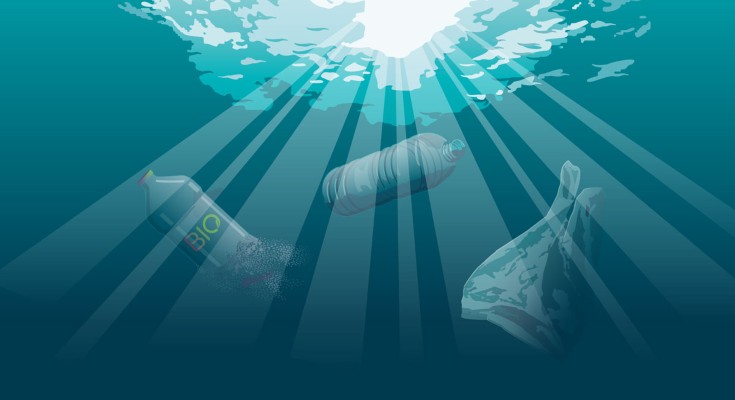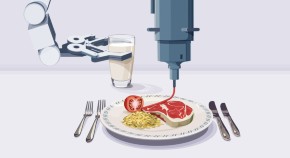
Our April issue
The many challenges of bioplastics, mechanical forces in organ fibrosis, microneedle biomedical devices, synthetic peptide branched polymers, open-source technology and more

The many challenges of bioplastics, mechanical forces in organ fibrosis, microneedle biomedical devices, synthetic peptide branched polymers, open-source technology and more
